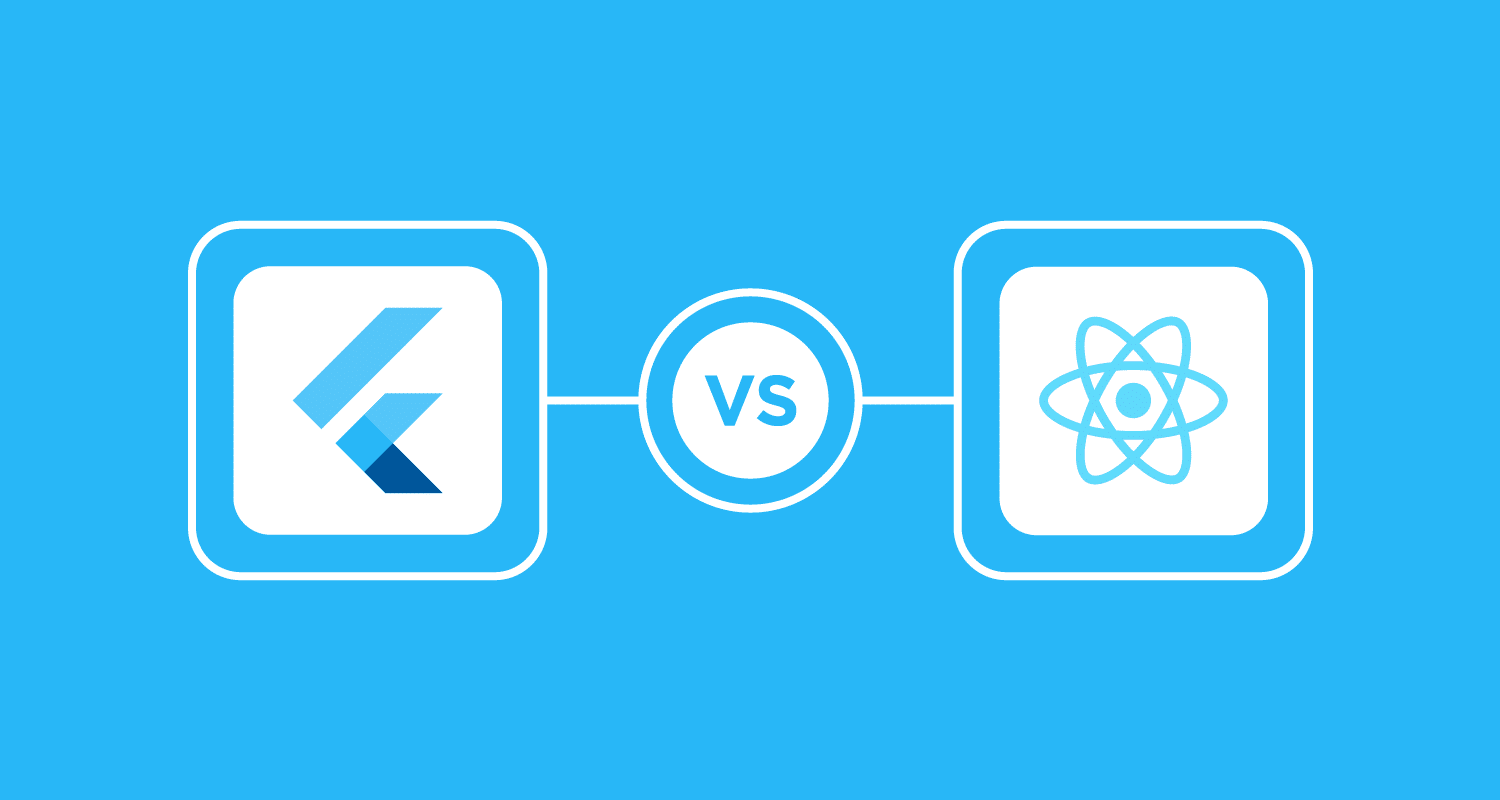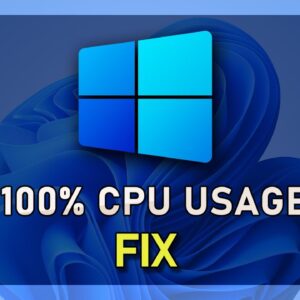The use of technology has been rapidly increasing around the world. It helps people in many different ways and improves the lifestyle of the entire human race. However, one small device impacts in a far effective way.
The use of mobile apps is increasing day by day, and every month new features are rolling out for different apps. It makes the user’s expectations higher and increases the pressure on developers for fast and better development.
There are few tools and frameworks available for completing such needs that reduce the complexities in app development. By considering such tools, app development becomes relatively easy and hassle-free.
What is cross-platform development?
Building different versions of apps for different operating systems is lengthy and pointless work. For overcoming such issues, we have the solution of cross-platform development, where you can build one app that can uninterruptedly run on all operating systems.
For doing so, we have different frameworks that play a significant role in cross-platform development.
In this blog, we will discuss the key difference between the top frameworks, Flutter and React Native. Keep reading to know which is better than the other.
Flutter
Flutter is an open-source and free cross-platform development framework created by Google. It is the latest and recently launched framework that is generally used for app development in Android, iOS, Windows, etc.
Flutter app development companies are using Flutter to build a minimum viable product in which a prototype can go for production-ready application without requiring complex tools and techniques.
It works on reactive programming as the base gives users an exceptional user experience. With that, it uses a single codebase to build apps and interfaces.
React Native
React Native is a popular cross-platform framework that is open source and free to use. It is created by Facebook based on its react library. It is a stable framework that allows easy development of apps for Android and iOS systems.
The two main design patterns that React Native uses to build mobile applications are Flux and Redux. One of the best things about this effective React Native is that the codes written for one platform can be reused for other platforms, which saves a great amount of time.
It is a cheaper solution because the code can be easily reused. With that, you can implement the already written code, which speeds up the process.
Difference between Flutter and React Native
Programming language
In cross-platform development, a single programming language can build apps for both the Android and iOS systems.
Flutter –
Flutter uses Dart programming language for its programmes. Dart is introduced by Google. Generally, it is not used by many developers. However, it is easy to understand for JavaScript developers.
React Native –
React Native uses JavaScript for the development of apps. As we know, JavaScript is dynamic in nature, so it makes the process versatile. With that, web developers easily build apps using JavaScript.
Performance
The performance comparison is reasonably necessary to know the effectiveness of these open source frameworks.
Flutter –
It is compiled by the C/C++ library; hence it is closer to machine language and gives an impressive native performance. The speed of development and running a programme in Flutter is higher than React Native.
React Native –
Developers often face issues in React Native while working on hybrid app architecture. That is why React Native apps are slower than Flutter apps in performance.
UI component and development API
For the development of cross-platform apps, native components are always needed. The framework must have an API to access native modules.
Flutter –
It is rich in components, which reduces the need for third-party libraries. Flutter also has widgets for a design that help developers in UI creation.
React Native –
It is too dependent on the third-party libraries and components as compared to Flutter.
Community support
Community support helps developers to learn and improve by solving the issues that they face in the development process.
Flutter –
The community support in Flutter isn’t that good as compared to React Native. However, it is improving its community support.
React Native –
It has powerful community support as compared to the Flutter. Queries and issues are quickly resolved in React Native.
Developers productivity
For the effective and fast development of an app, it is important that the developer has higher productivity without any distractions or delays.
Flutter –
Dart is not a common language as compared to JavaScript. With that, developers need more effort to understand the concept of Flutter.
React Native –
If the developer knows JavaScript, then there will be no problem. And developers have the liberty to use any text editor or IDE as per their choice in React Native.
Conclusion
Here we have mentioned the comparison between these two cross-platform frameworks according to the features. We can see that both Flutter and React Native have their advantages and disadvantages.
Flutter is the latest framework compared to React Native, but the Dart language is not popular as JavaScript. The choice of these frameworks depends on various factors based on what the developer wants.
So go through the comparison and choose the best option according to your need.
Apart from it, if you are interested to know the Milana Vayntrub net worth, Adobe GC Invoker Utility, how to share screen on discord, Groovy bot, Discord spoiler, how to recover deleted Facebook page, and WhatsApp business for beginners, you can follow our Tech category. Thanks for reading!





